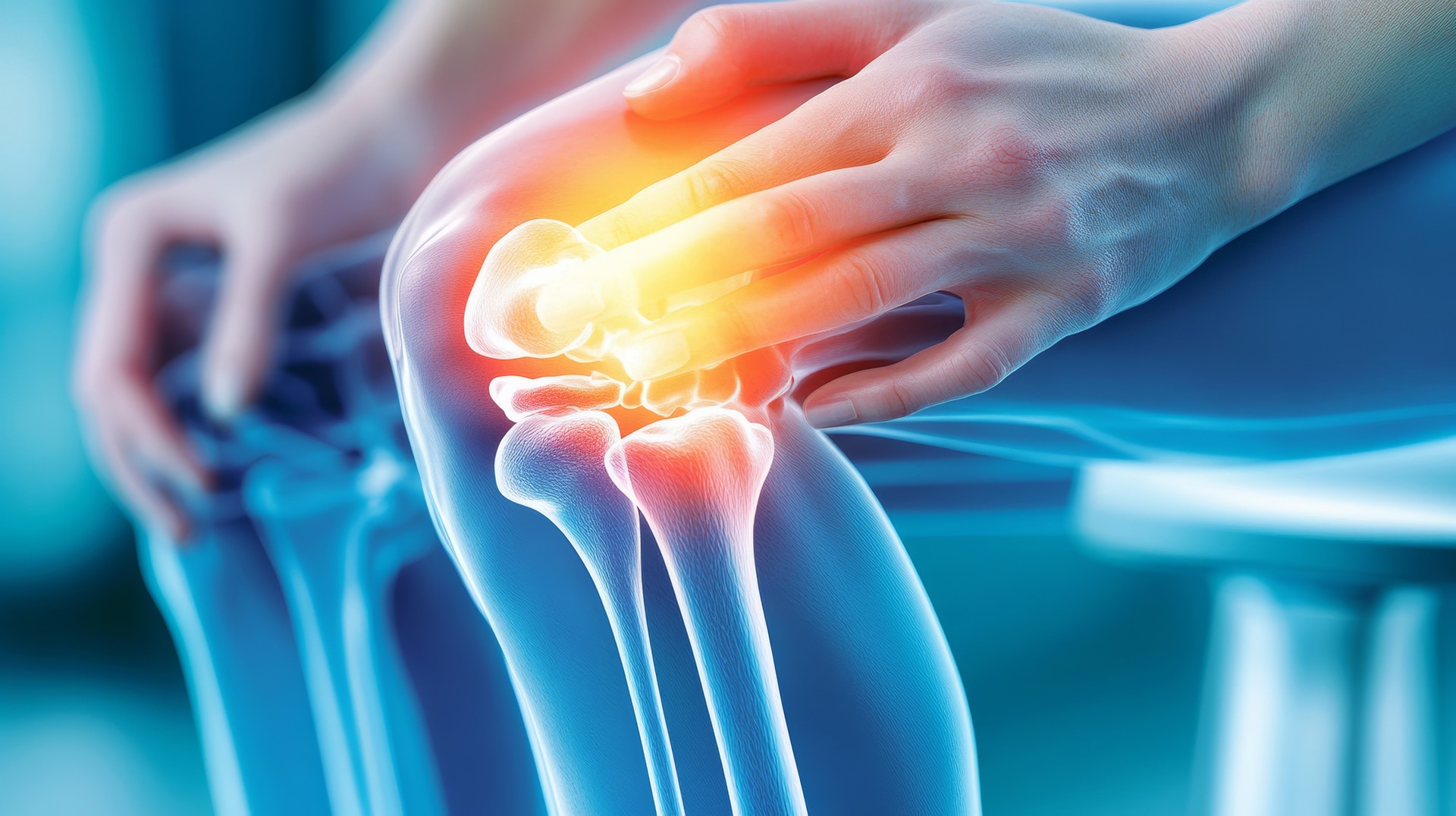Arthritis - its affect on the body and potential remedies
Arthritis is the leading cause of disability in America
8/6/2024

Arthritis is a term commonly used to refer to inflammation of the joints. It is not a single disease but a complex family of musculoskeletal disorders consisting of more than 100 different conditions that can affect people of all ages, sexes, and races. Arthritis is the leading cause of disability in America, affecting more than 50 million adults and 300,000 children.
Historical Perspective
Types of Arthritis
Arthritis has been recognized as a condition for thousands of years. Evidence of arthritis has been found in the skeletons of dinosaurs and Egyptian mummies. The ancient Greeks and Romans documented cases of arthritis, and Hippocrates, the father of medicine, described conditions that resemble what we know today as rheumatoid arthritis and gout.
Arthritis can be broadly categorized into inflammatory and non-inflammatory types:
Osteoarthritis (OA):
The most common form of arthritis.
Caused by wear and tear of joint cartilage.
Commonly affects the knees, hips, hands, and spine.
Rheumatoid Arthritis (RA):
An autoimmune disorder where the immune system attacks the joints.
Causes inflammation, pain, and swelling.
Can affect other organs, such as the heart, lungs, and eyes.
Psoriatic Arthritis:
Occurs in some people with psoriasis, a skin condition.
Causes joint pain, stiffness, and swelling.
Gout:
Caused by the buildup of uric acid crystals in the joints.
Leads to sudden and severe attacks of pain, usually in the big toe.
Juvenile Arthritis:
Affects children under the age of 16.
Includes several types of arthritis that cause joint pain and inflammation in children.
Effects on the Body
Joint Health
Arthritis primarily affects the joints, causing a range of symptoms:
Pain: Varying degrees of pain, from mild to severe, often described as aching or burning.
Stiffness: Reduced flexibility and range of motion, especially in the morning or after periods of inactivity.
Swelling: Inflammatory arthritis causes swelling and redness around the affected joint.
Deformity: Chronic inflammation can lead to joint deformity and misalignment.
Systemic Impact
Certain types of arthritis can affect other parts of the body:
Cardiovascular System: Increased risk of heart disease and stroke, particularly with RA.
Respiratory System: Lung issues such as inflammation and scarring, commonly seen in RA.
Eyes: Conditions like uveitis (inflammation of the eye) can occur, particularly in ankylosing spondylitis and juvenile arthritis.
Skin: Psoriatic arthritis can cause skin rashes and nail abnormalities.
Kidneys: Gout can lead to kidney stones and kidney damage due to high levels of uric acid.
Influence of Age and Genetics
Age
Osteoarthritis: Primarily affects older adults, as it is associated with the wear and tear of cartilage over time.
Rheumatoid Arthritis: Can occur at any age but is most commonly diagnosed between the ages of 30 and 60.
Juvenile Arthritis: Affects children under 16, with symptoms appearing as early as 6 months old.
Genetics
Hereditary Factors: Family history of arthritis increases the risk of developing certain types.
Genetic Markers: Specific genes, such as HLA-DR4 in RA, are associated with an increased risk.
Autoimmune Response: Genetic predisposition can influence the likelihood of developing autoimmune types of arthritis.
Detrimental Effects
Arthritis can have significant physical, emotional, and social impacts:
Chronic Pain: Persistent pain can lead to reduced quality of life and mental health issues such as depression and anxiety.
Mobility Issues: Limited joint function can result in disability, affecting daily activities and independence.
Employment: Arthritis can lead to reduced work capacity and early retirement, impacting financial stability.
Social Life: Physical limitations can affect social interactions and relationships.
Remedies
Diet
Anti-Inflammatory Foods: Omega-3 fatty acids (found in fish), fruits, vegetables, nuts, and seeds can reduce inflammation.
Avoid Trigger Foods: Sugar, saturated fats, trans fats, refined carbohydrates, and alcohol can exacerbate inflammation.
Weight Management: Maintaining a healthy weight reduces stress on weight-bearing joints like the knees and hips.
Exercise
Low-Impact Activities: Swimming, cycling, and walking improve joint mobility and reduce pain.
Strength Training: Building muscle strength around the joints provides better support and stability.
Flexibility Exercises: Stretching and yoga improve joint flexibility and range of motion.
Medications
Nonsteroidal Anti-Inflammatory Drugs (NSAIDs): Reduce pain and inflammation (e.g., ibuprofen, naproxen).
Corticosteroids: Powerful anti-inflammatory drugs used for short-term relief (e.g., prednisone).
Disease-Modifying Antirheumatic Drugs (DMARDs): Slow the progression of rheumatoid arthritis (e.g., methotrexate).
Biologics: Target specific components of the immune system (e.g., TNF inhibitors).
Other Therapies
Physical Therapy: Personalized exercises to improve joint function and reduce pain.
Occupational Therapy: Strategies to manage daily activities and maintain independence.
Surgery: Joint replacement or repair for severe cases of joint damage.
Arthritis is a complex and multifaceted condition that affects millions of people worldwide. Understanding its origins, impact on the body, and the factors that influence its development is crucial for effective management. Through a combination of dietary adjustments, regular exercise, appropriate medications, and other therapies, individuals with arthritis can significantly improve their quality of life and reduce the burden of this debilitating condition.






